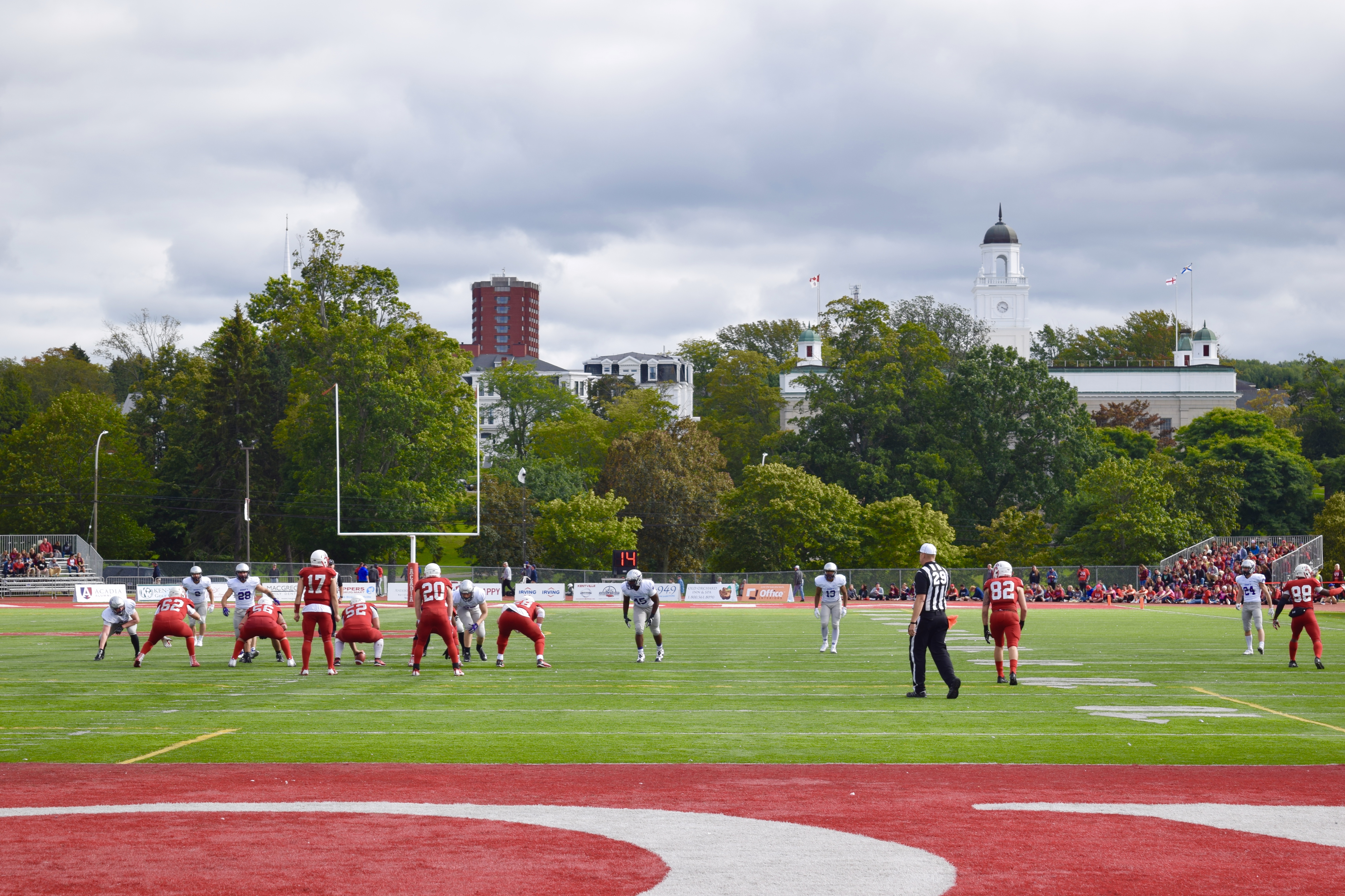When Brazil was awarded the Summer Olympics in 2009, there was little reason for cynicism. The South American nation was growing at an annualized rate of 5%, and The Economist called Brazil a “vast and bountiful land”. Winning the 2016 Olympics and 2014 World Cup contributed to the hubris felt by many Brazilians, and numerous economists were convinced that Brazil would become one of the world’s largest and fastest growing economies.
The turning point was the 2014 oil crisis. Global oil prices dropped substantially and plunged Brazil into a dark abyss. Compounded with the Petrobras scandal that forced former President Dilma Rousseff out of office and cost the country nearly $5.3 billion, the Brazilian public was weary of the cost of the Olympics. Although nowhere near Vladimir Putin’s $50 billion spectacle in Sochi, the cost of the Rio Olympics was nearly $12 billion. This kind of spending at a time when Brazilian police couldn’t afford gas for their cars or ink for their printers was sure to raise tension within those most affected by the economic crisis.
One looking to understand Brazil’s economy would have to examine their history. After military dictatorships in the 1980s, Brazil was able to stabilize inflation and control public spending by the 1990s. Numerous state industries were privatized and foreign investment was heavily encouraged, which signaled Brazil’s entrance to global markets. By December 2009, the Brazilian Real had gained 50% to the American Dollar, which made imports substantially cheaper and boosted living standards.
This growth and prosperity was not meant to last. The price of many exports fell due to falling demand, crippling Brazil. Petrobras lost 60% of its value between September 2014 and February 2015, and by 2016 Brazil’s GDP shrank 3.5%. This sparked a protracted recession at the worst possible time. Unemployment soared and President Rousseff’s approval ratings went as low as 10%. The situation became so bad in the state of Rio that the acting governor had to declare a state of financial emergency and ask for $900 million in federal funding. Coupled with the outbreak of the Zika virus in northern Brazil, there were many questions regarding the stability of Brazil and their ability to host the Olympics.
Apart from minor hiccups, the Olympics appeared to have gone smoothly and were viewed in a generally positive light. The question now becomes what happens after. Nearly 77,000 residents were forcibly evicted from favelas near Olympic venues. Although the Rio Olympics were supposed to be a model for sustainability, they have demonstrated that they were the polar opposite. Horrendous congestion, filthy water, and the building of a golf course on a nature preserve demonstrated the lack of planning and rushed nature of the games.
Nevertheless, there is reason to be hopeful. Venues like the handball arena will be taken apart and used to build four schools across the city. The aquatics centre will become two community swimming pools, and the land on which the Barra Olympic Park sits will be handed over for private development and public parks.
These games haven’t come without costs. Public faith in government is currently at an all-time low. Brazil’s recovery won’t be an easy one, especially considering trade only accounts for 24% of Brazil’s GDP, the lowest ratio of any major economy in the Western Hemisphere. Protectionist policies and “local content” rules will make solutions more difficult, but Brazil has weathered the worst of the storm. Recovery will not be easy nor straightforward, but there’s only way to go. It’s up.



